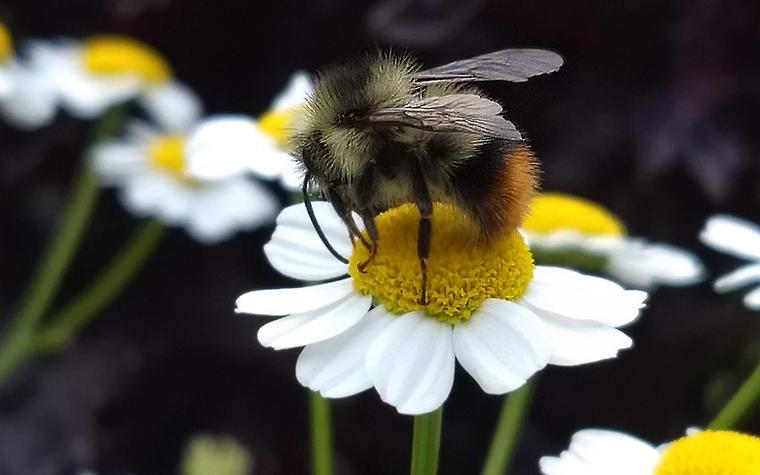COLUMBIA, Mo. – Anyone who has driven through the country in late June or July probably has likely noticed an abundance of white daisies along roadsides and in fields. Commonly is called oxeye or field daisy (Leucanthemum vulgare), this plant is sometimes used in flower gardens and is one of the easiest of all perennial flowers to grow, said University of Missouri Extension horticulturist David Trinklein.
The common name daisy comes from the Old English “dægesege,” which means “day’s eye.” The name suggests the flower looks like the sun with its rays shining out in all directions. The rays in species considered true daisies are ray florets surrounding a center consisting of disc florets.
Renowned “plant wizard” Luther Burbank (1849-1926) had a special interest in daisies that led to the development of Shasta daisies (Leucanthemum x superbum). Shasta daisies are available with either single or double flowers that range from 2 to 6 inches in diameter. According to Trinklein, they are excellent for flowering perennial gardens. Primary flower production is in June, but scattered blooms may be expected for the rest of the summer and into fall.
One of the most colorful of the perennial daisies is painted daisy (Tanacetum coccineum), also known as pyrethrum. The plant’s fernlike leaves are quite attractive, Trinklein said. It blooms later in the spring than oxeye daisy, producing flowers in shades of red, rose, pink and white.
You can extend the season of daisies blooming in the garden by adding other species bearing the name daisy. Among them is English daisy (Bellis spp.), a cool-season plant that makes a good companion to pansies in early spring. In contrast, Gloriosa daisy (Rudbeckia hirta) provides the daisy flower form in mid-to-late summer in shades of yellow and bronze. Michaelmas daisy or perennial aster (Aster spp.) is prized for fall color along with chrysanthemums. Even among the chrysanthemums there are daisy-flowered cultivars.
All daisies need a sunny location along with good garden soil to thrive. Their greatest enemy is poorly drained soil, which often leads to diseases such as crown rots. Shasta and painted daisies may be weakened by poorly drained soil, making them more vulnerable to winter kill.
Photo
Bumblebee on daisy
Daisies provide a pop of sunshine in gardens and along roadsides from summer through fall. Daisies are a perennial beauty that are easy to grow. Photo courtesy of MU Extension horticulturist Tamra Reall.
